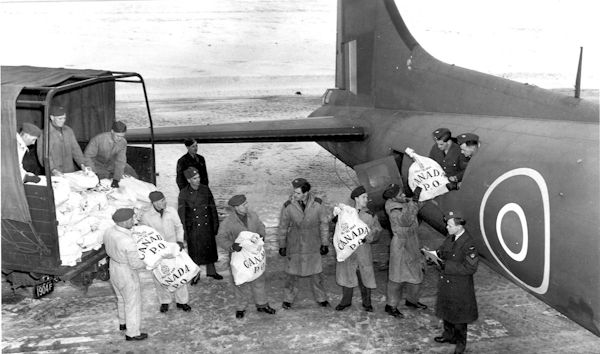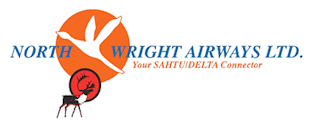|
Canadian Aviation Historical Society (CAHS)
P.O. Box 2700, Station D
Ottawa, Ontario, K1P 5W7
Business Information Number 118829589RR0001
CAHS © 2024 • Website design & hosting by SkyGrid Studio
Photographic images used for background and similar allegorical purposes throughout this site are either in the public domain, or used with permission of their respective copyright holders
P.O. Box 2700, Station D
Ottawa, Ontario, K1P 5W7
Business Information Number 118829589RR0001
CAHS © 2024 • Website design & hosting by SkyGrid Studio
Photographic images used for background and similar allegorical purposes throughout this site are either in the public domain, or used with permission of their respective copyright holders




































